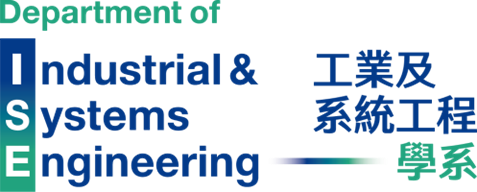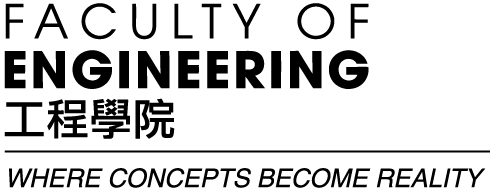Materials for Na-Ion Batteries
Distinguished Research Seminar Series

-
Date
19 Feb 2024
-
Organiser
Department of Industrial and Systems Engineering, PolyU
-
Time
10:00 - 11:30
-
Venue
CD303
Speaker
Prof. Philipp Adelhelm
Summary
The rapid growth in battery demand, combined with resource issues and supply risks, raises questions about whether alternative battery technologies are needed that complement or partly replace lithium-ion and lead-acid batteries. A range of alternatives such as high temperature batteries or redox-flow systems are already available, with Na-ion batteries (SIBs or NIBs) being the latest contender.1,2
The main goal for SIBs is to develop batteries based on abundant, non-critical elements that reach, at the same time, similar energy densities compared to Li-ion batteries (LIBs). SIBs have the potential to be more cost effective than LIBs while reaching similar cycle life. As a major advantage compared to other alternative cell chemistries, SIBs can be produced on the same manufacturing lines like LIBs therefore taking advantage of existing manufacturing technology. Recent announcements by Chinese cell and car manufacturers are further raising the interest in this technology. For example, production of Na-ion battery electric vehicles by JMEV (supplied by Farasis Enenrgy) and JAC-Volkswagen (Yiwei, supplied by HiNa battery) started end of 2023 and BYD started to build a 30 GWh Na-ion production facility. Tiamat, a European startup, supplied cells for power tools that were sold in France. This clearly shows that the technology is now reaching commercialization.
On the other hand, there are needs for further improvements in electrode materials and electrolytes to further develop the technology. This talk gives an overview on Na-ion batteries and recent developments. The state-of-the art will be summarized followed by a discussion on what materials can be used (and not used) compared to Li-ion batteries. Specific examples include how nanoscale chemical strategies can be used to tune the properties of layered oxides as cathode materials for SIBs3, and how the intercalation of solvated ions enables a new “electrode chemistry”.4,5 The talk will also include an example of how X-ray tomography can be used to study morphological changes and particle displacement during battery charging/discharging.6
- Sodium-ion batteries: Materials, Characterization and Technology ISBN: 978-3-527-34709-4, Wiley Dec 2022, Titirici/Adelhelm/Hu (Editors)
- P. Nayak et al. Angew. Chemie. Int. Ed., 2018, DOI: 10.1002/anie.201703772
- L. Yang et al. Adv. Functional Materials, 2021, DOI: 10.1002/adfm.202102939
- G. Ferrero et al. Adv. Energy Materials, 2022, DOI: 10.1002/aenm.202202377
- G. Avall et al. Adv. Energy Materials, 2023, DOI: 10.1002/aenm.202301944
- Z. Zhang et al. Adv. Energy Materials, 2023, DOI: 10.1002/aenm.202203143
Keynote Speaker

Prof. Philipp Adelhelm
Professor
Institute of Chemistry, Humboldt-University Berlin, Germany
Philipp Adelhelm is professor for physical chemistry and electrochemistry at Humboldt-University Berlin, Germany, and has been working on inorganic electrode materials for Sodium-ion batteries since 2010. He is co-editor of the book “Sodium-Ion Batteries: Materials, Characterization, and Technology” (Wiley-VCH, 2022, Titirici/Adelhelm/Hu) and leads a joint research group on operando battery analysis between Humboldt-University Berlin and Helmholtz-Zentrum Berlin (HZB).
You may also like














